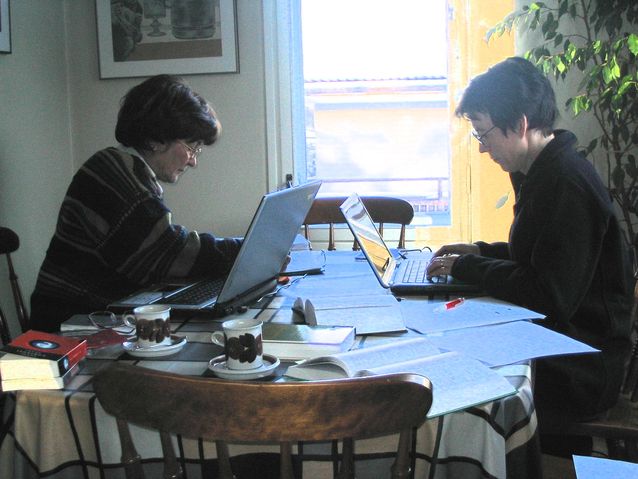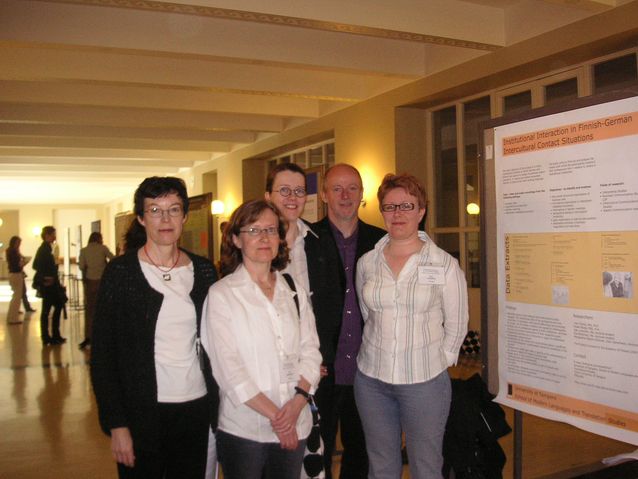Liisa Tiittula
Liisa Maria Tiittula
Born October 28, 1950, Tampere
PhD 1990 (Linguistics) Academy of Sciences, Berlin
Master of Arts 1984, Licentiate 1985 (General Linguistics), University of Helsinki
Master of Science (Economics and Business Administration) 1975, Helsinki School of Economics and Business Administration
Professor of German Language 2010–, University of Helsinki
Professor of German Language (teaching area: the theory and practice of translation) 1995–2010, University of Tampere
German language assistant, lecturer and acting associate professor; assistant professor in Applied Linguistics and business communications, 1975–95, Helsinki School of Economics and Business Administration
Research fellow 1990–91, senior research fellow 1998–99 and 2005–06, Academy of Finland
Research fellow 2003–04, University of Tampere Centre for Advanced Studies
Visiting professor (Translation Studies) 2011–12, Karl Franzens University, Graz
Docent in Applied Linguistics 1992–, Helsinki School of Economics
Docent in German language and culture (area of expertise: intercultural communication) 1994–, University of Tampere
Research themes:
Literary translation, speech-to-text interpreting, subtitling for the deaf and hard-of-hearing, institutional interaction, multimodality, Finnish-German business communication
Publications, research projects and other academic activity
Member of the Finnish Academy of Science and Letters 2009–
Photo: Mika Federley
Written by Liisa Tiittula
Translated by Matthew Billington



